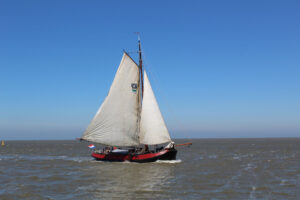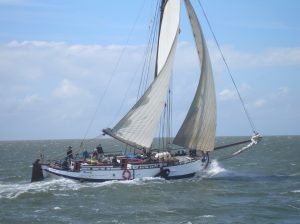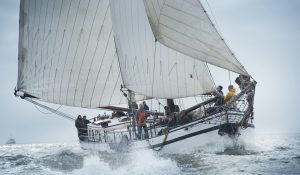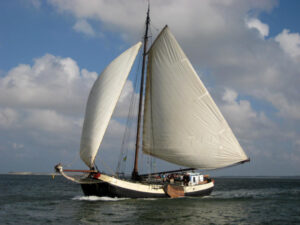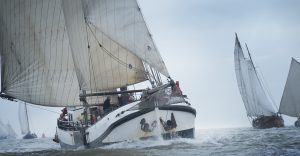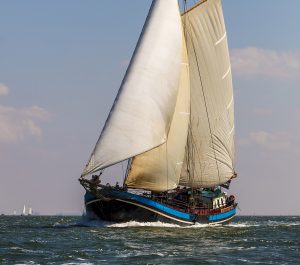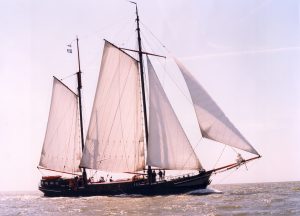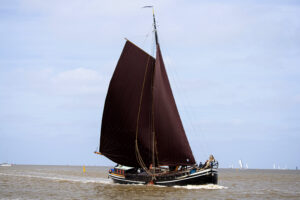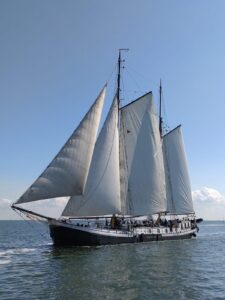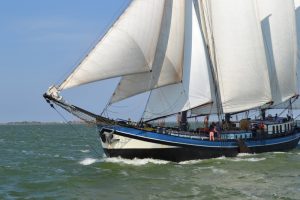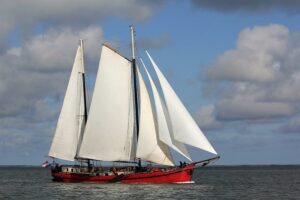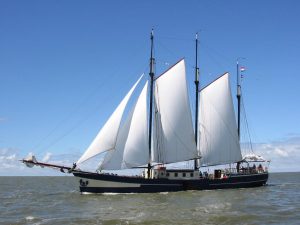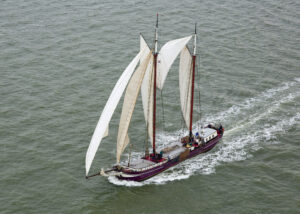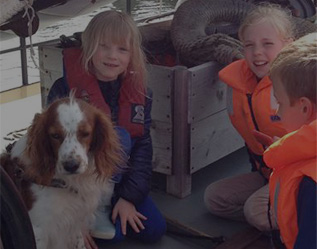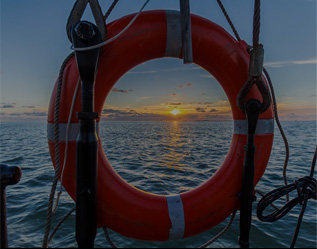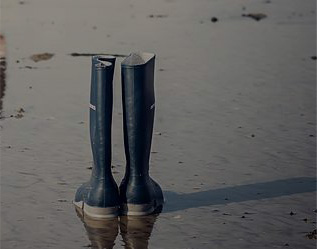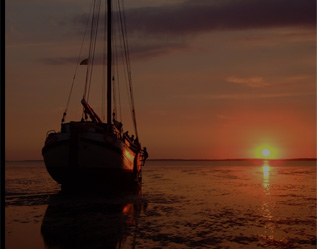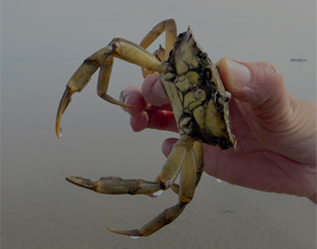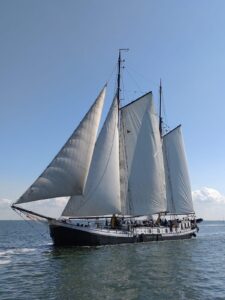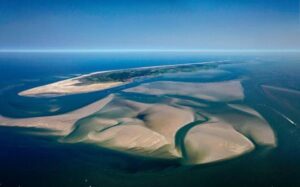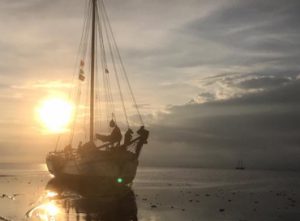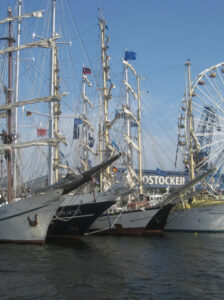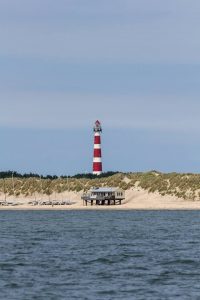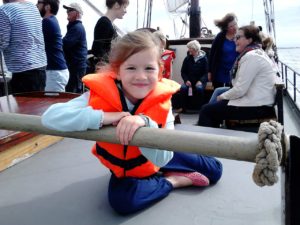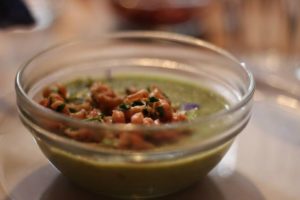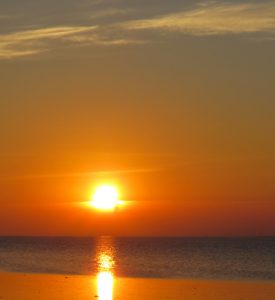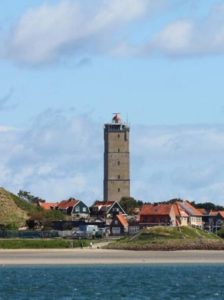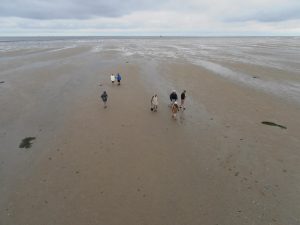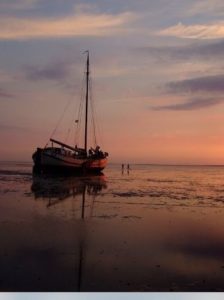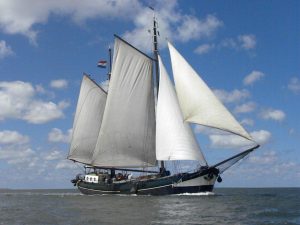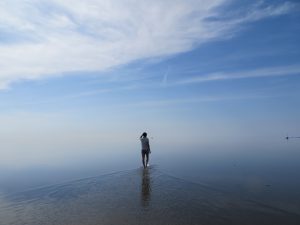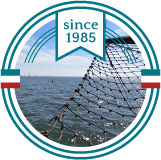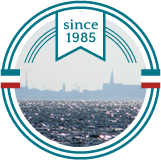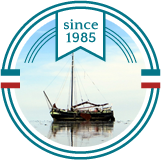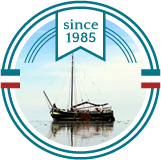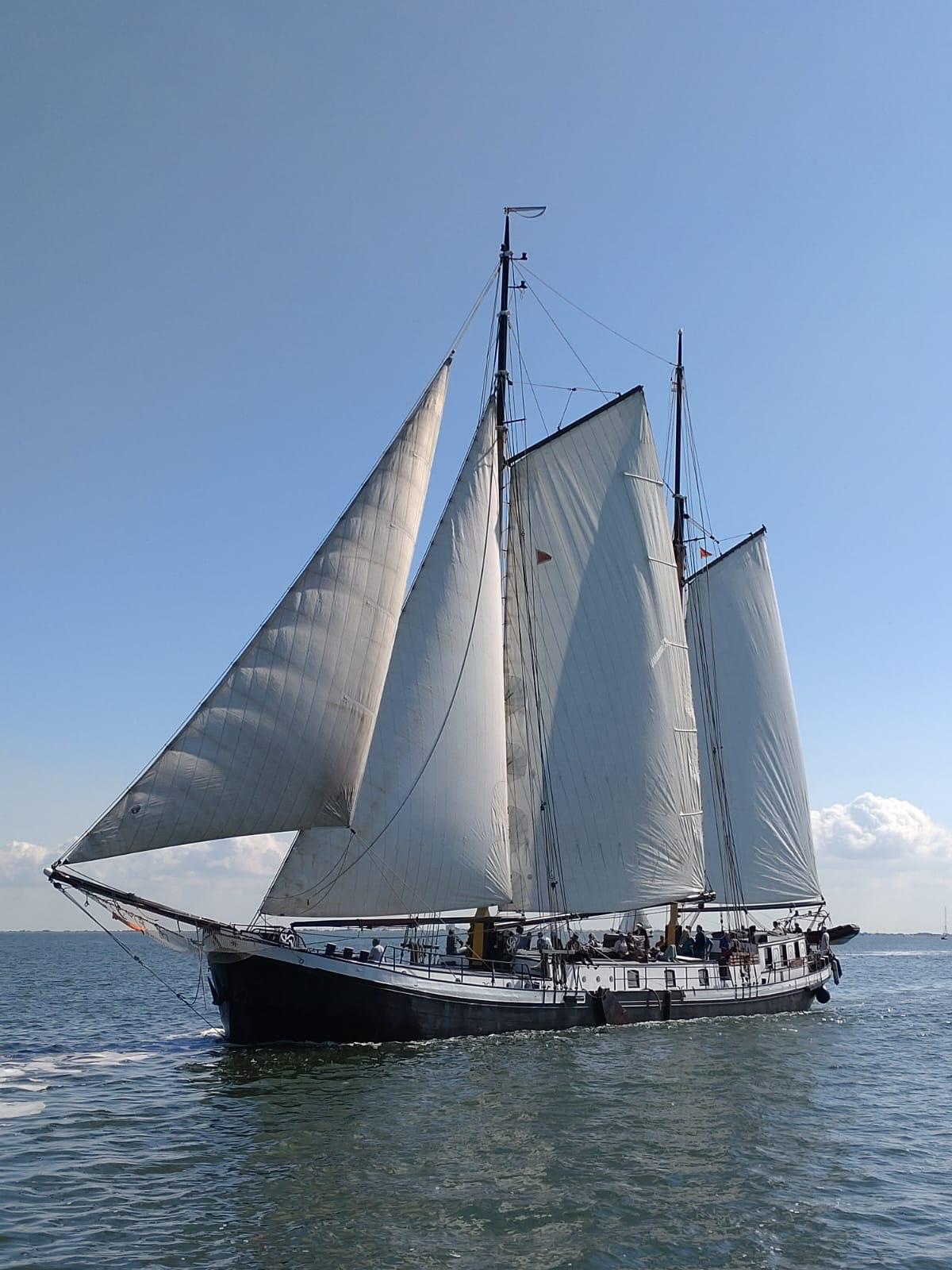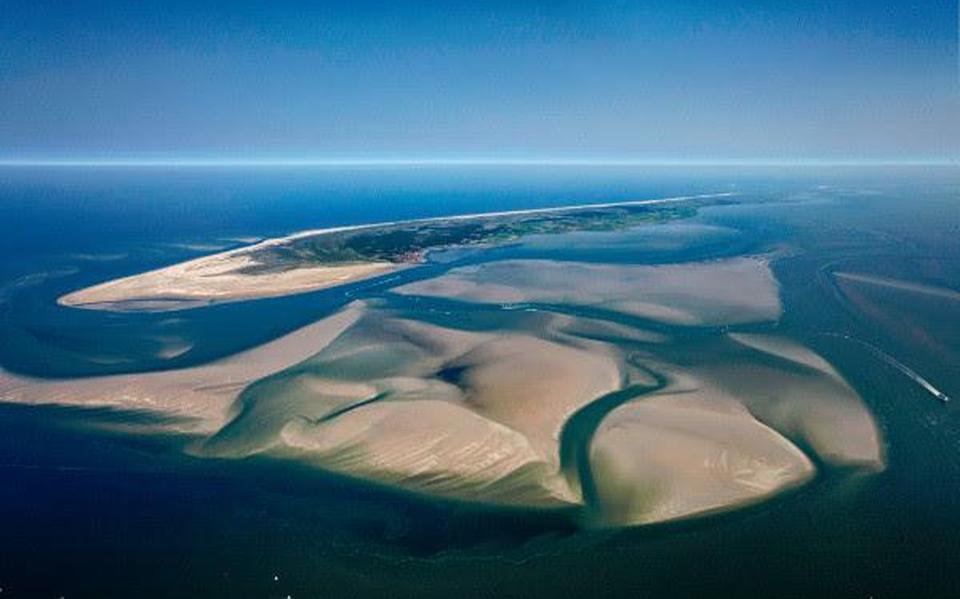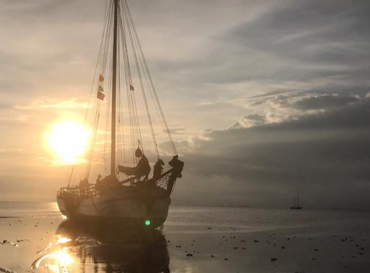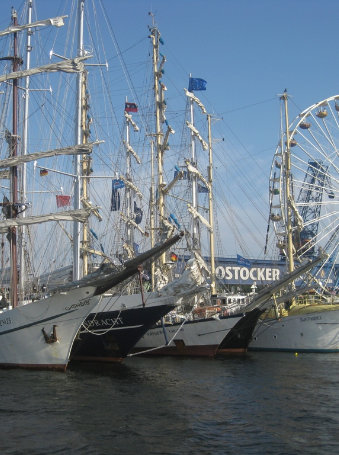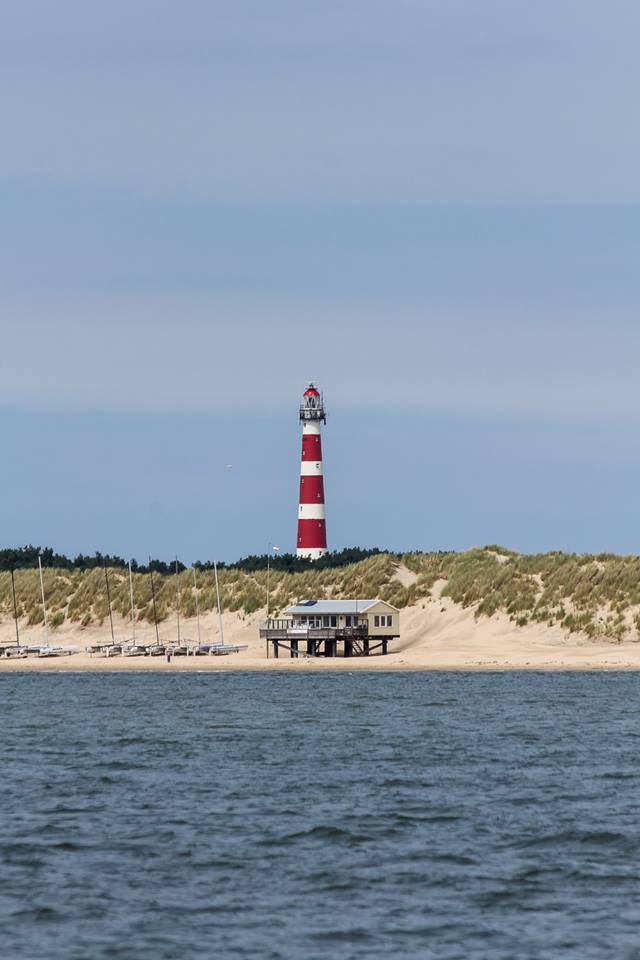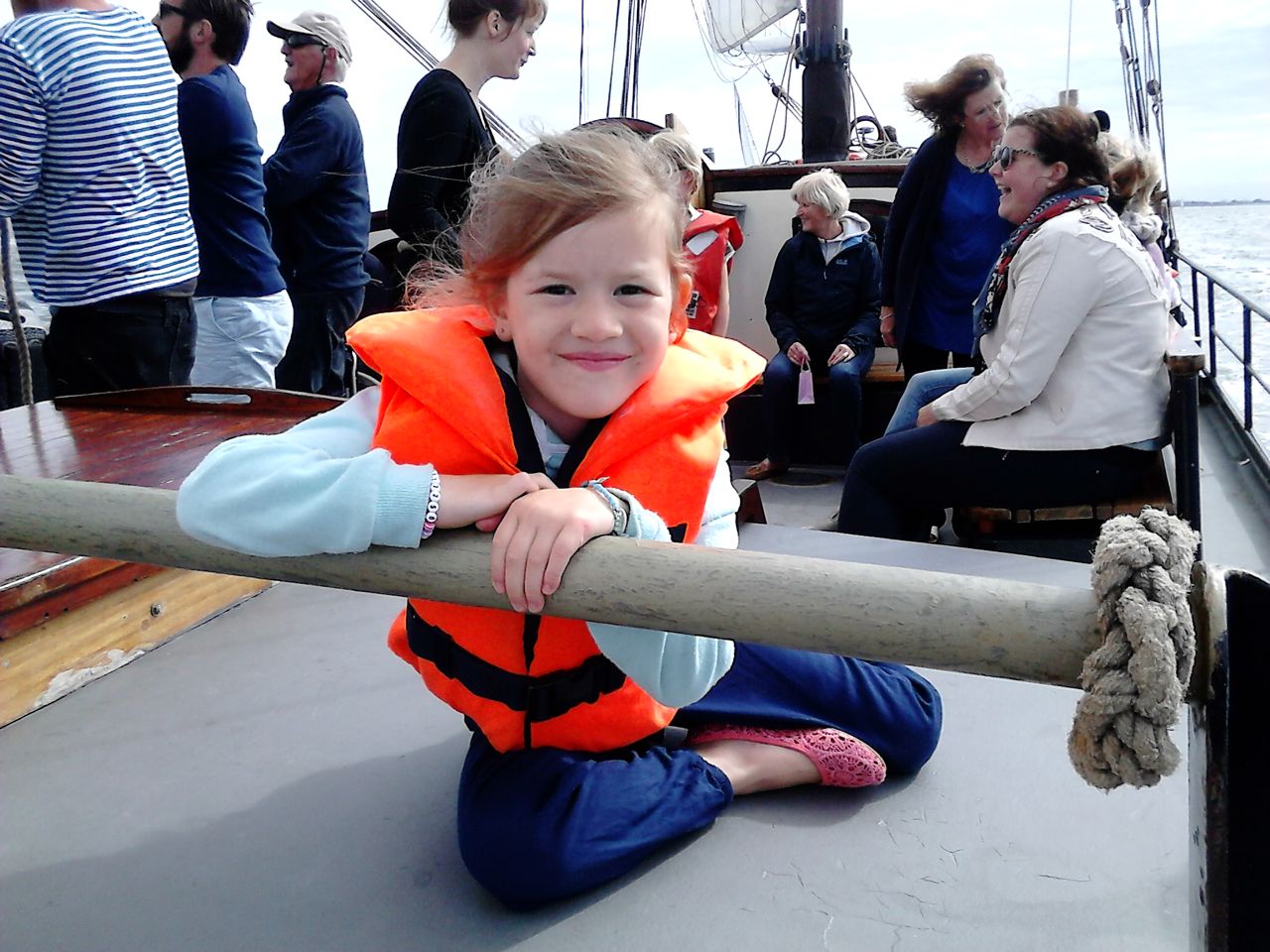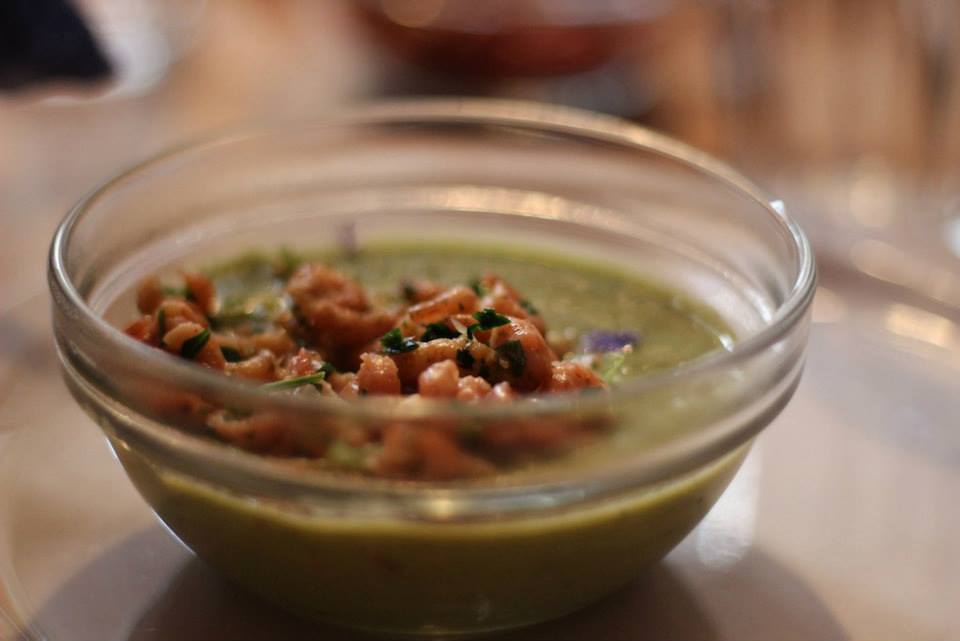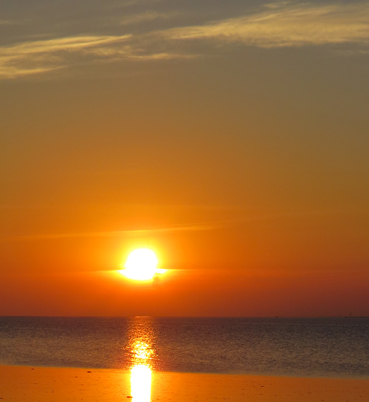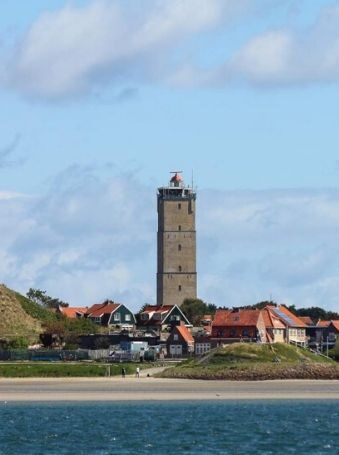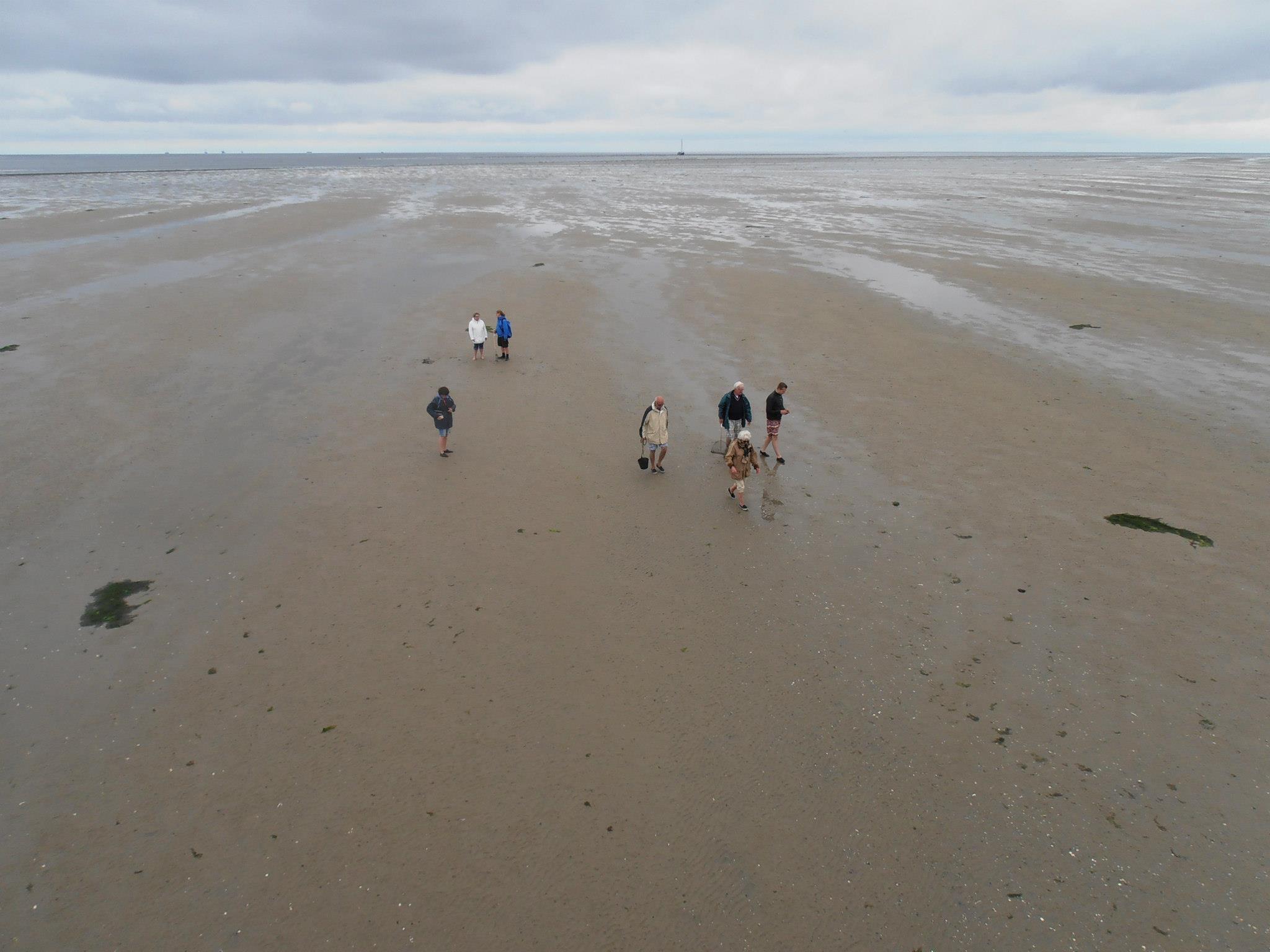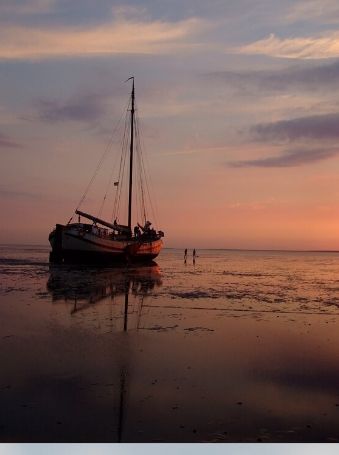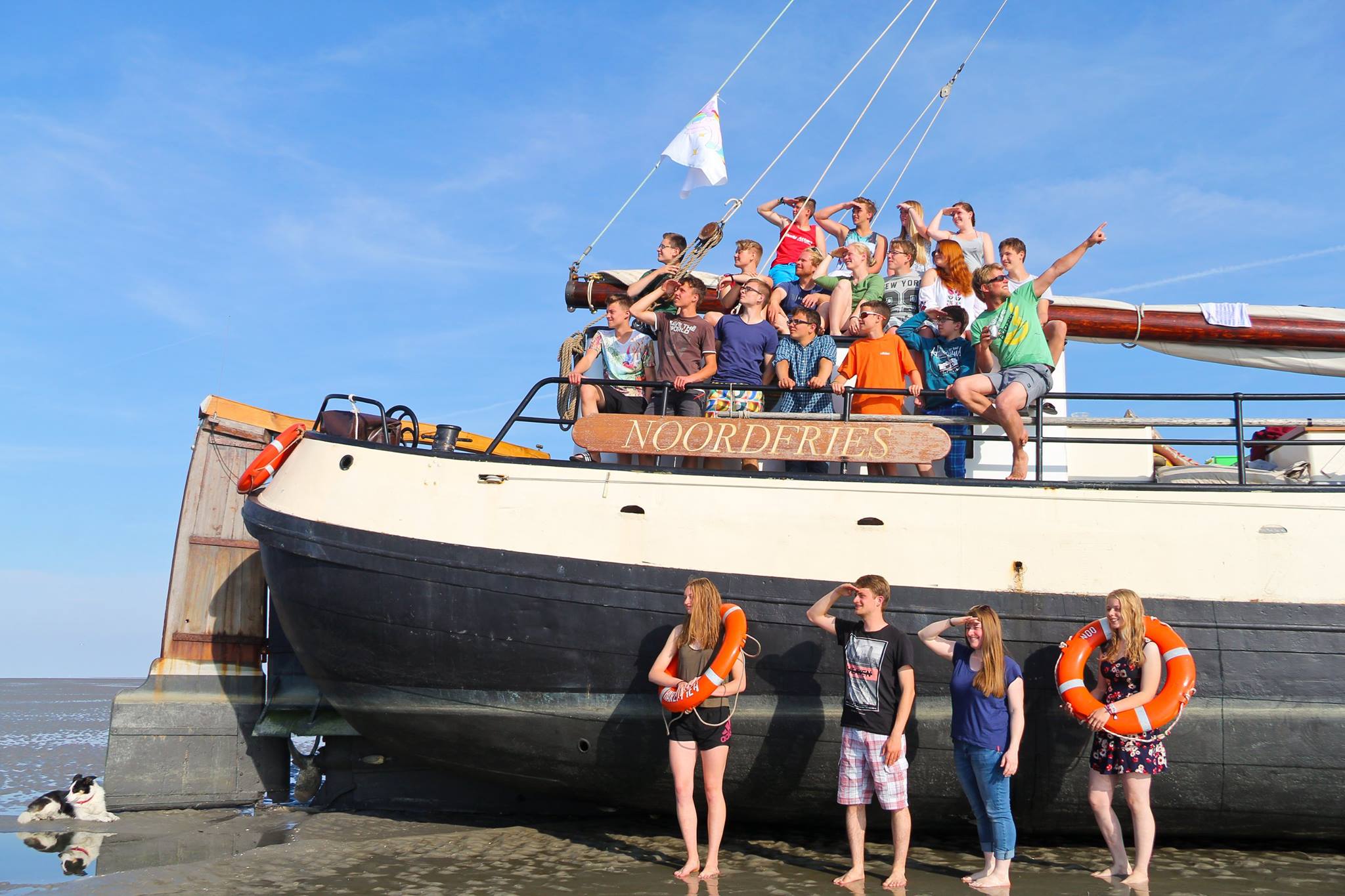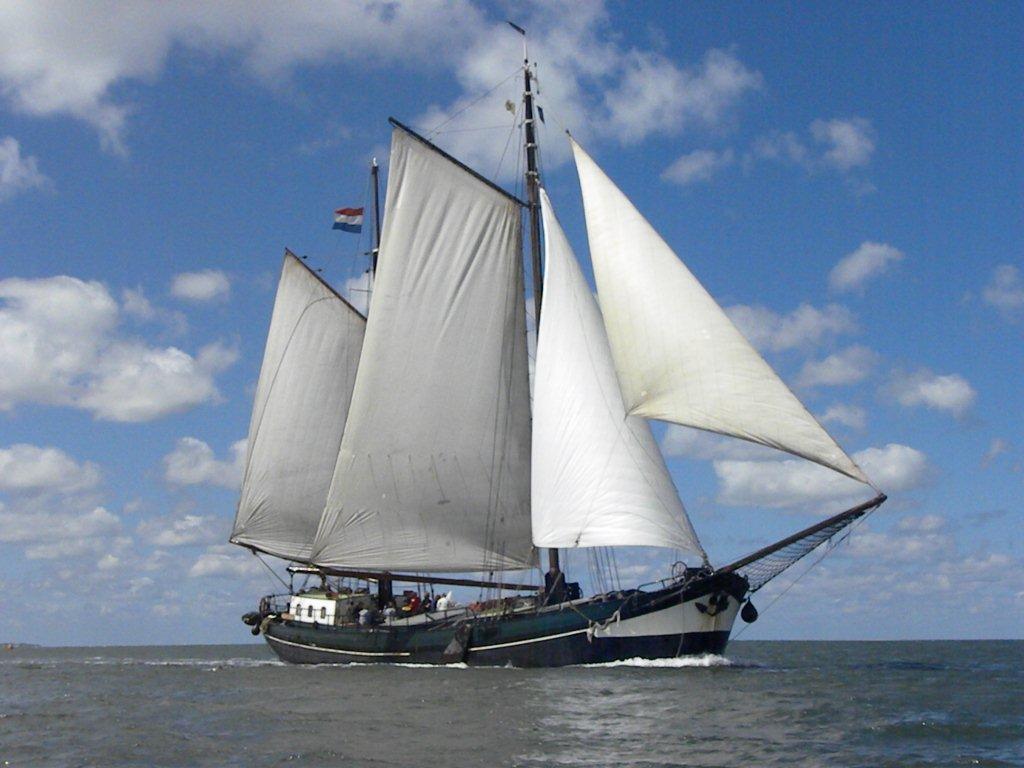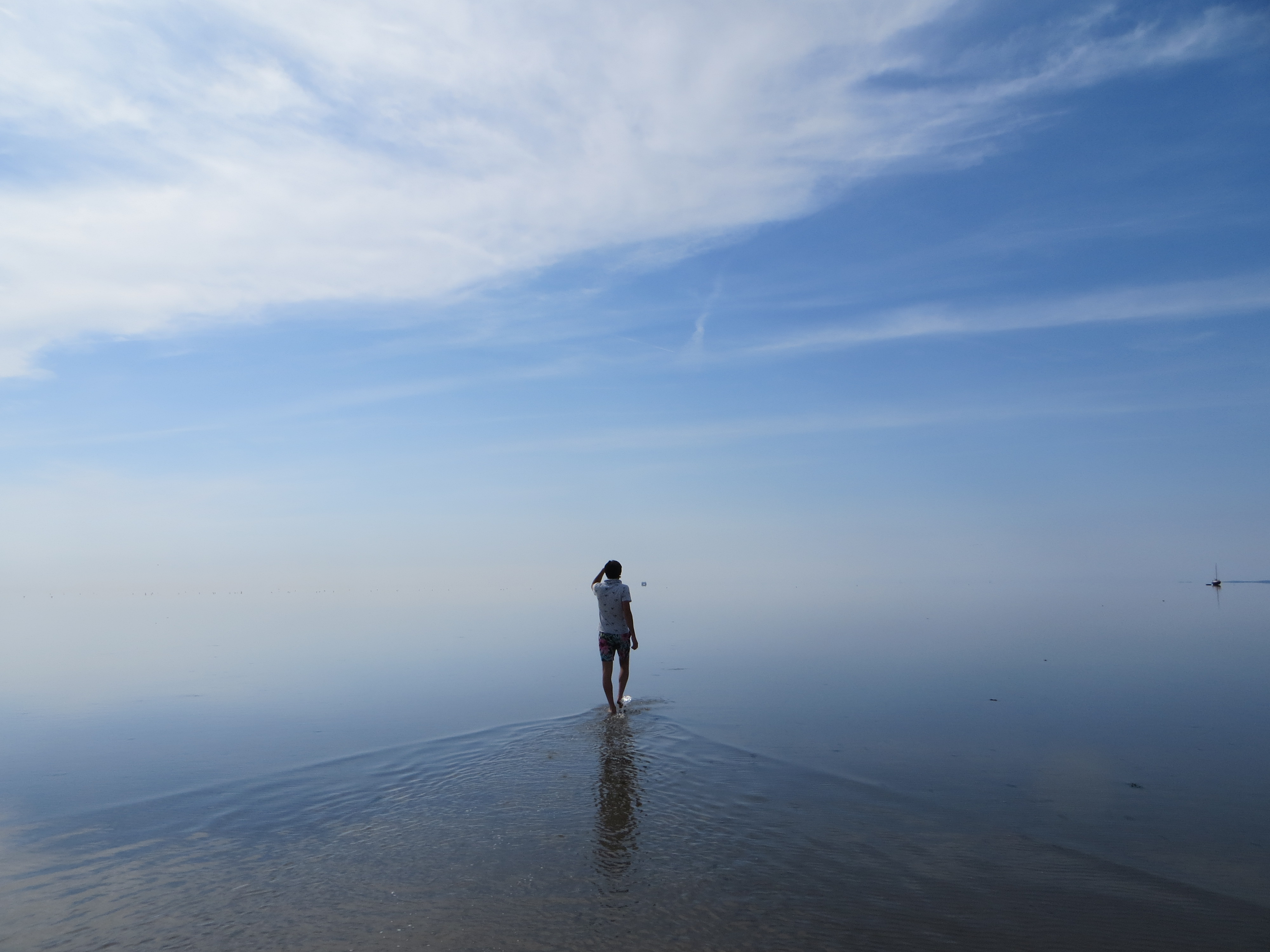fun since ’85
Wadden area
Discover the beautiful wadden sea area
Our ships are based in Harlingen, from where the trips usually begin. You can plan the route you will follow together with your skipper; this will depend on weather conditions. On longer trips you can visit a different harbour every day. In this way you can make a great trip taking in the Wadden Sea and Wadden Islands or the IJsselmeer.
WORLD HERITAGE WADDEN SEA
The Wadden area is except a great sailing area in the first place a unique nature area. The omnipresent great wealth of plants and animals, the sand banks, which fall dry during low tide, the visible of gullies and Bowers.
Emerge v/h Wadden area: About 5000 years ago, there arose in the North Sea Beach walls or sand banks. ‘ Who were separated by gullies of dozens of meters depth. Shortly the beach walls been incremented by spraying sand. So appeared the first dunes. About 1000 years a.d. were these sand masses left by the play of wind and sea battles. However, Inland dunes that formed gradually became overgrown. new In this way there arose along the Dutch, German and Danish coast a series of fifty elongated Islands
International Wadden Sea tidal area, which extends over a length of 500 km from Den Helder to Esbjerg in Denmark is the largest tidal area in Europe. Every day there is the tides twice. Wave motion is caused mainly by the gravitational pull of the moon. At high tide, the water flows from the North Sea through the Sea between the Islands with great power within the Wadden Sea. That goes through broad gullies that forty metres deep at the beginning. On the wad itself and as the water more branching which gullies inland, the flow less strong. In both the upper and the side gullies always remains, so also at low tide water. This does not apply to the Bowers because falling predominantly dry. The Bowers and the intervening sand plates together form the actual wadden.
In the Wadden Sea live also seals. Seals are mainly seen on sand banks with deep gullies in the immediate vicinity. The females suckle their young there too. A seal can consume about 5 kilos flatfish pro day .
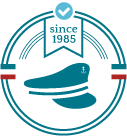
experienced skippers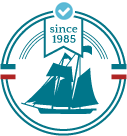
with or without catering
Active & relaxed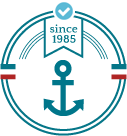
beaching & wadwalking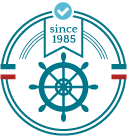
vast sailing area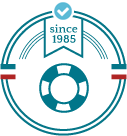
safety first

